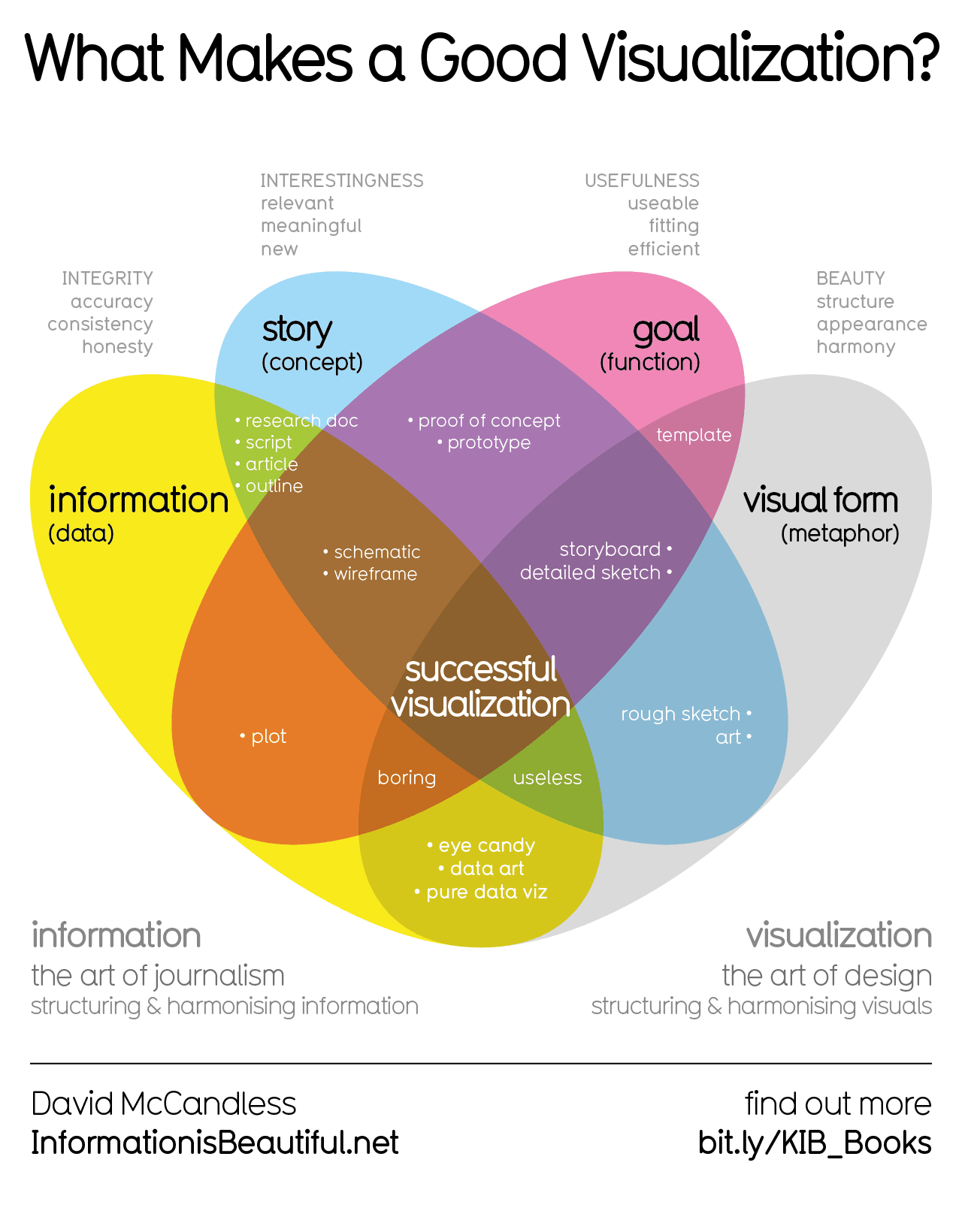German numbers are weird because we kinda switch the last two digits.
43 in most languages becomes ‘40 - 3’, but in german you say ‘3 & 40’.
But we do not pronounce the whole number backwards.
143 in most languages becomes ‘100 - 40 - 3’, in german you say ‘100 - 3 & 40’.
I like the sense of suspense. Leave l leaves sometimes critical information to the last second!
I’ve been learning German and I call it the surprise ending language because everything is like that. In complex phrases, you often leave the primary verb until the very last word. So you might get something like:
I’d like to, with your daughter and a duck, this coming weekend, at the park, if it’s not raining, with our bicycles, go for a ride.
I will accede to your request but only under one condition which is that I come.
The concept really is bullremoved, and that’s coming from a German. For certain kinds of triple digit numbers people sometimes resort to saying the single digits in a row (“drei fünf neun” instead of dreiundertneunundfünfzig). Less misunderstandings, and faster.
dreiundertneunundfünfzig
And you’re trying to tell me that the german language is real?
That word isn’t real.
It’s spelled dreihundertneunundfünfzig
That’s ridiculous
We only do that for the numbers 13-19, it’s much more logical.
A bit confusing to read. The points are placed on the y-axis using ordinals rather than cardinals. This means if you were to extend the plotting (say, up to 200) it would cause the existing data points to move around. That’s not usually what we expect when plotting data.
Edit: actually, the problem is more severe than I initially thought. If the y-axis were plotted with cardinals (the way we usually plot data) then the German case would show 10 horizontal lines, immediately revealing a pattern in the data (caused by Germans speaking the ones digit before the tens digit).
Am I reading this wrong? Why is “One” at the very top, signifying it is last alphabetically? There are many numbers that alphabetically come after that…
It’s not. It starts with zero.
But then “two” and “three” should be side by side no?
Edit: also “four” and “five”
It sorts the entire word. 4 is after 5 because FO is after FI.






